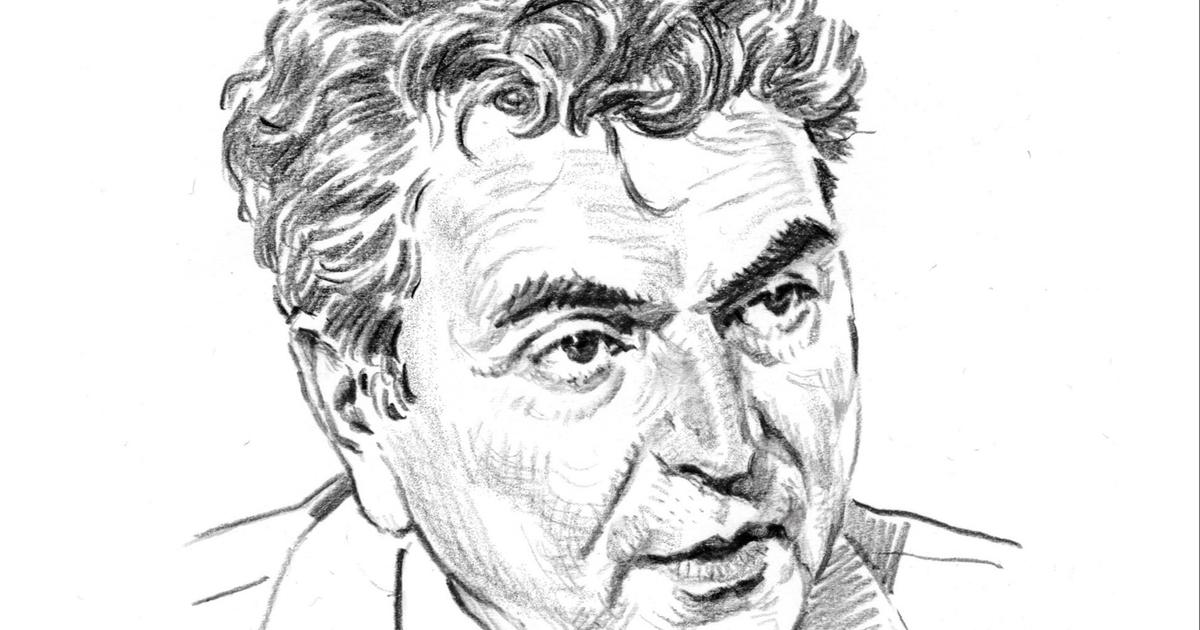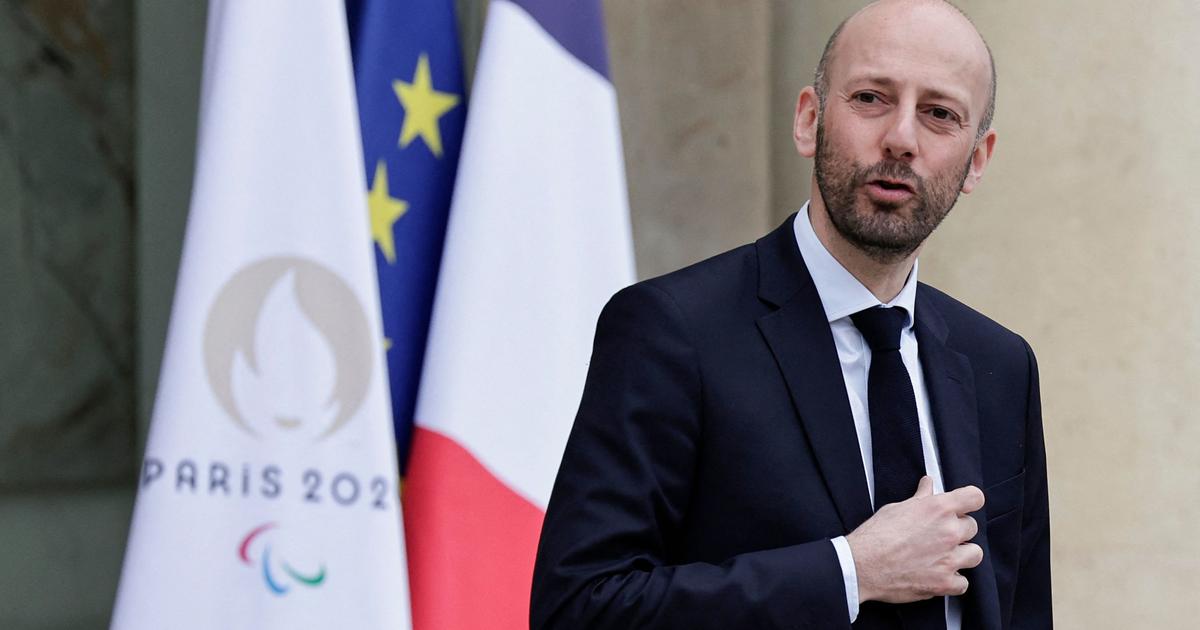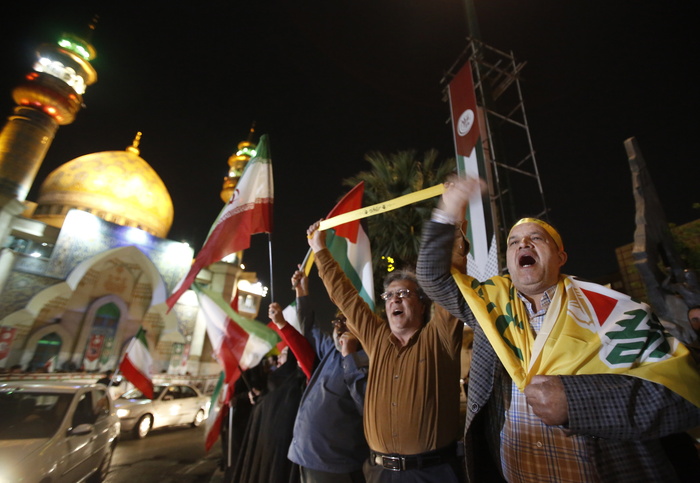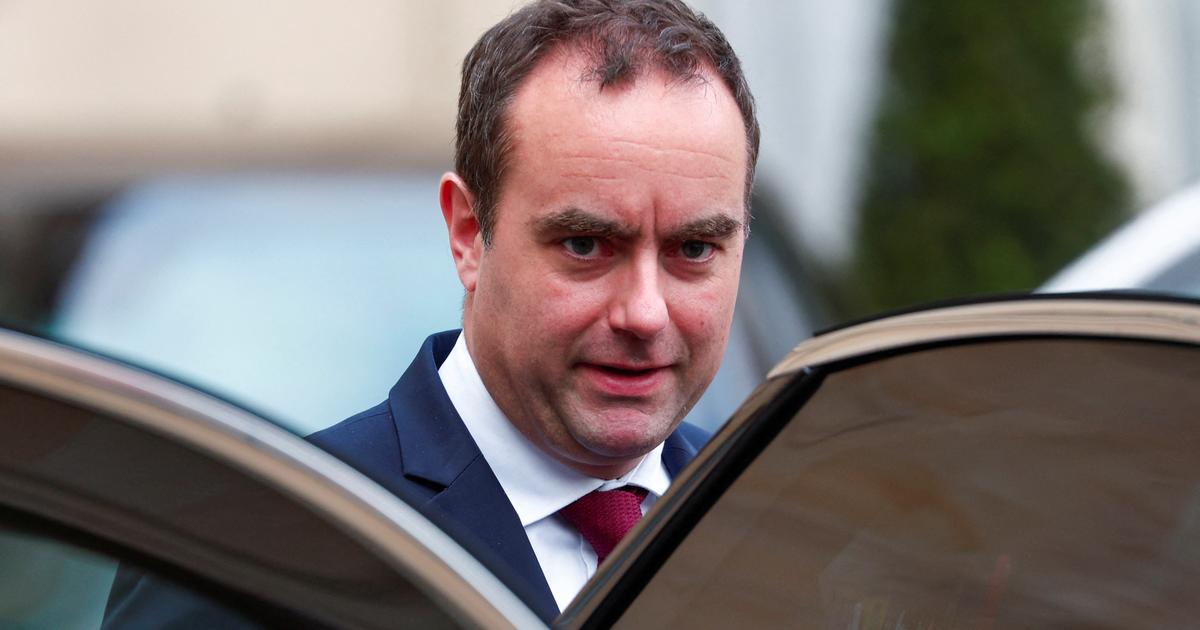From Russian military movements on the Ukrainian border in November, to the order given, live on television, for troops to enter the separatist territories in the east of the country, tensions around Ukraine are the fruit of several weeks of climbing.
Despite the numerous diplomatic attempts and meetings initiated by the European Union (France and Germany in the lead) and the United States, the imminent annexation of the "People's Republic of Donetsk and the People's Republic of Lugansk", in the East of Ukraine, seems inevitable since this Monday evening.
A look back at three months of crisis.
Early November: alert after the military deployment at the border
After an initial deployment of 100,000 soldiers in the spring, the Ukrainian, then American, German, French and even NATO authorities are worried about “significant and unusual” movements with “Russian military activity” on the Russian-Ukrainian border.
Satellite images released in early November show Russian tanks and other armored vehicles near the border.
At first, the Kremlin wants to be reassuring.
“Russia does not pose a threat to anyone, we mind our own business and take measures to ensure our security if necessary, if there are provocative actions by our opponents near our borders,” the spokesperson said. from the Kremlin, Dmitry Peskov.
VIDEO.
"Ukraine will retaliate without hesitation": Kiev warns Moscow against any invasion attempt
December 7: Biden Putin virtual meeting
During a virtual summit between the United States and Russia, Joe Biden "let it be known" to Vladimir Putin that Russia would expose itself to "strong sanctions, among other economic", "like he has never seen in the event of a military escalation in Ukraine.
He threatens to use the Nord Stream gas pipeline as “leverage”.
Read alsoNord Stream 2: 5 minutes to understand why this gas pipeline has become an issue in the crisis in Ukraine
Vladimir Putin, meanwhile, asks for guarantees from Biden on the non-enlargement of NATO, of which he denounces “the military potential” growing at the Russian borders.
“Russia never intended to attack anyone but we have red lines,” assured Dmitry Peskov, the Kremlin spokesman, before this summit.
Many observers, in Europe and the United States, believe that Vladimir Putin is bluffing with the deployment of forces on the borders of Ukraine, but few completely rule out the hypothesis of an attack.
February 7: Macron poses as a mediator
After a month of January filled with threats of sanctions against Russia and military mobilizations in support of Ukraine, negotiations seem to be slowing down.
During the press conference celebrating his first year in power, Joe Biden will take a step forward with strong words.
"It will be a disaster for Russia if it invades Ukraine any further," said the President of the United States on January 19, warning of "heavy" human losses on the battlefield.
On February 7, Emmanuel Macron meets Vladimir Putin in Moscow.
After five hours of interview and not very concrete declarations, Emmanuel Macron tries to reassure about the Ukrainian crisis: "I obtained that there is no degradation and escalation", thinks. he then, speaking to reporters on the plane taking him to Kiev (where he will meet the Ukrainian president).
He is also delighted that France has “consolidated its credibility”.
The next day, Emmanuel Macron, strong from the French presidency of Europe, meets the German Chancellor, Olaf Scholz, and the Polish President, Andrzej Duda, in Berlin.
At that time, 125,000 Russian soldiers were massed in Crimea.
February 11: several countries evacuate their nationals to Ukraine
US President Joe Biden calls on US citizens on February 11 to leave Ukraine “now” due to the increased risk of a Russian invasion.
"Things could quickly get out of hand," he explained in an interview with NBC, repeating that he would not send soldiers on the ground in Ukraine, even to evacuate Americans in the event of a Russian invasion, as this could trigger "a world war".
Canada makes similar announcements, France and Germany will wait until February 19.
VIDEO.
Crisis in Ukraine: "There is a risk of invasion" by Russia, says Jean-Yves Le Drian (January 28)
From February 15, Russia announced troop withdrawals.
This is not believed by NATO and Washington, which say they see no sign of de-escalation.
Especially since, at the same time, Russia makes it known that it will carry out maneuvers of its strategic forces, with the firing of ballistic and cruise missiles, under the supervision of Vladimir Putin.
February 17: the first clashes break out, imminent attack
Exchanges of heavy weapons fire are intensifying along the front line between pro-Russian separatists and Ukrainian forces.
Biden deems a Russian offensive possible "in the coming days", as Moscow has deployed more than 150,000 troops, according to US intelligence.
A figure up from 7000 which goes against the announced withdrawal.
Friday, February 18, the separatists order the evacuation of civilians to Russia.
The United States denounces Moscow's implementation of "provocations" to justify an attack.
Saturday 19, it is the turn of the Ukrainian army to announce the death of two of its soldiers.
Shells exploded near the Ukrainian Interior Minister on the move in the front area.
Russian troops "are preparing to strike" according to Washington, while Vladimir Putin supervises, in person, the firing of missiles.
February 21: Putin's speech, an almost declaration of war
Moscow accuses Ukrainian "saboteurs" of having entered Russia and claims that a Russian border post was destroyed by Ukrainian artillery, which Ukraine categorically denies.
The Russians say they killed five of these agents and take a Ukrainian soldier prisoner.
Read alsoUkraine: how Putin tipped the crisis in an evening and a speech
While the Élysée announces that the Russian and American presidents have accepted its principle of a Putin-Biden summit, the Kremlin considers this announcement “premature”.
However, the tension continues to increase on the ground.
The United States has information that the order has been sent to Russian commands to carry out an invasion of Ukraine, according to several American media, citing unnamed intelligence sources.
In a televised address, Putin announces that he recognizes the independence of the pro-Russian separatist territories.
The EU promises sanctions, implemented the next day, like those of many countries.
The Russian president orders his army to enter separatist territories in eastern Ukraine.





/cloudfront-eu-central-1.images.arcpublishing.com/prisa/JNAMK37HFIZKML76SWBTDTD3QI.jpg)



